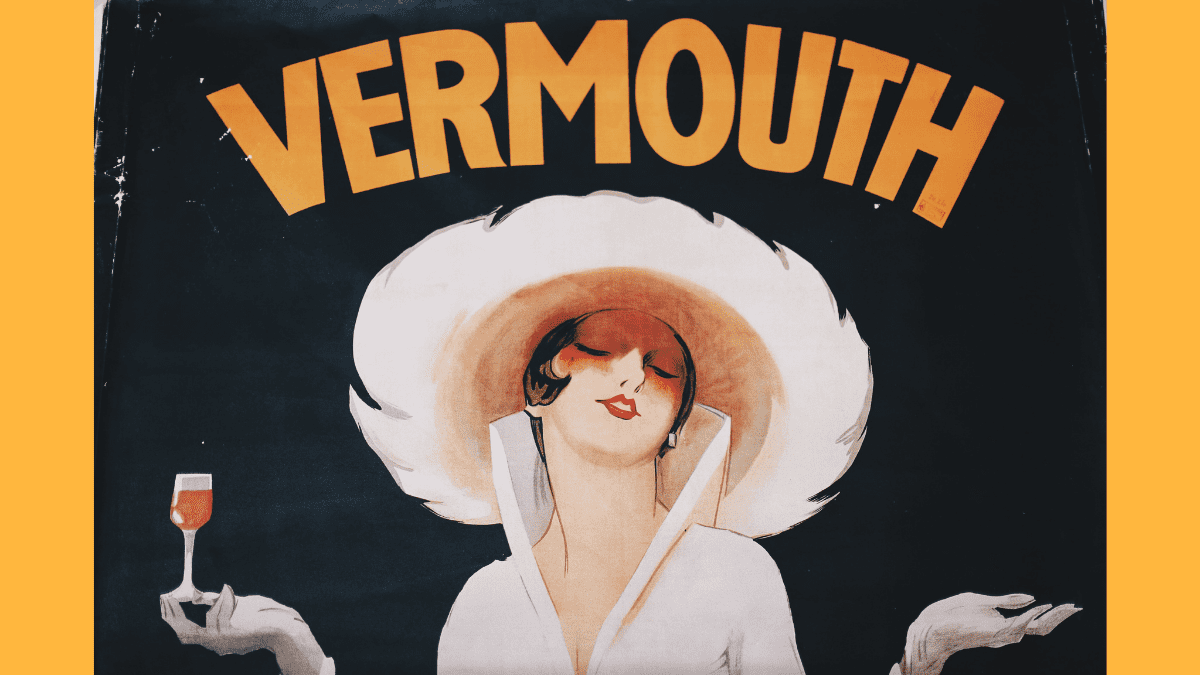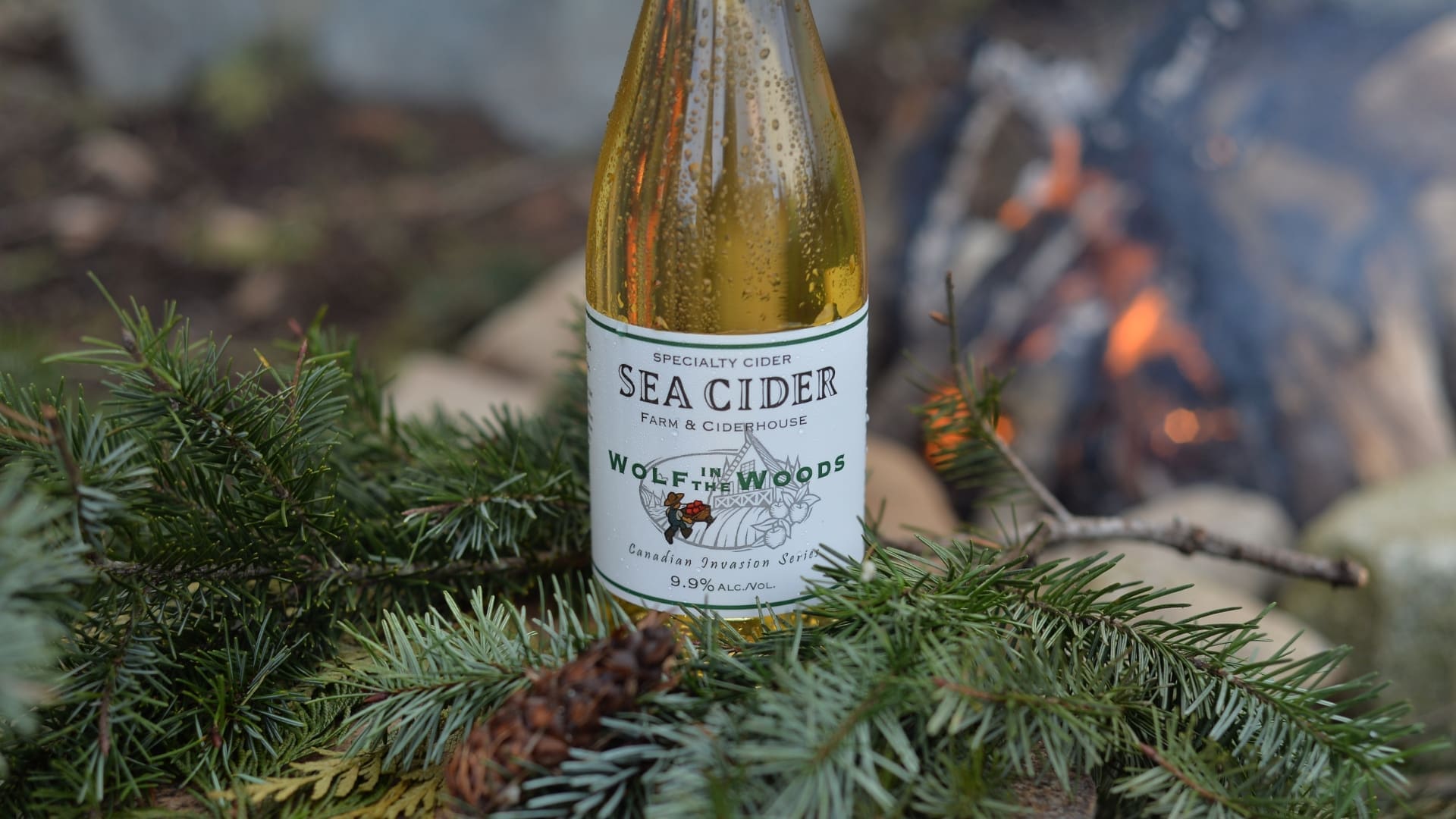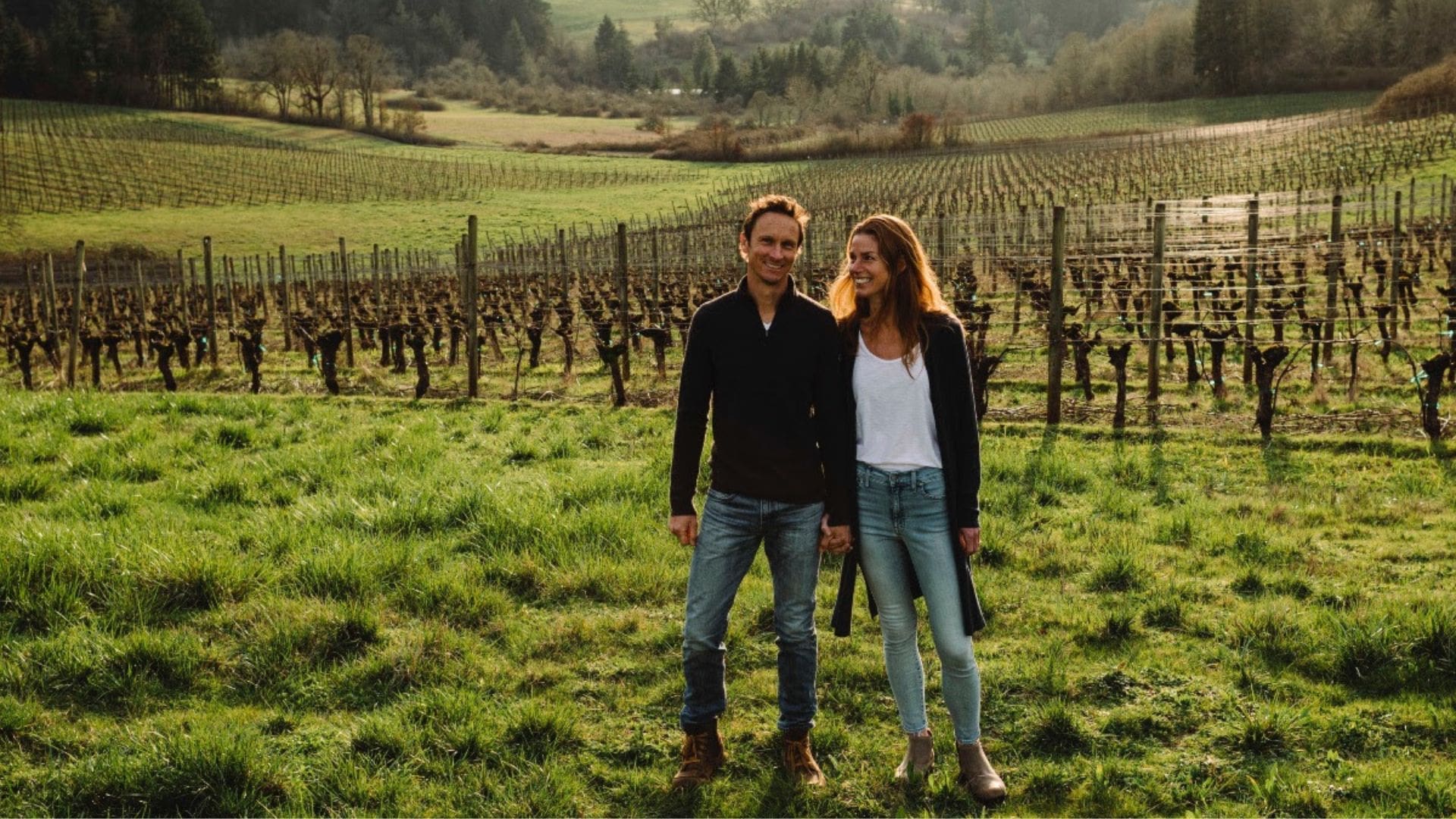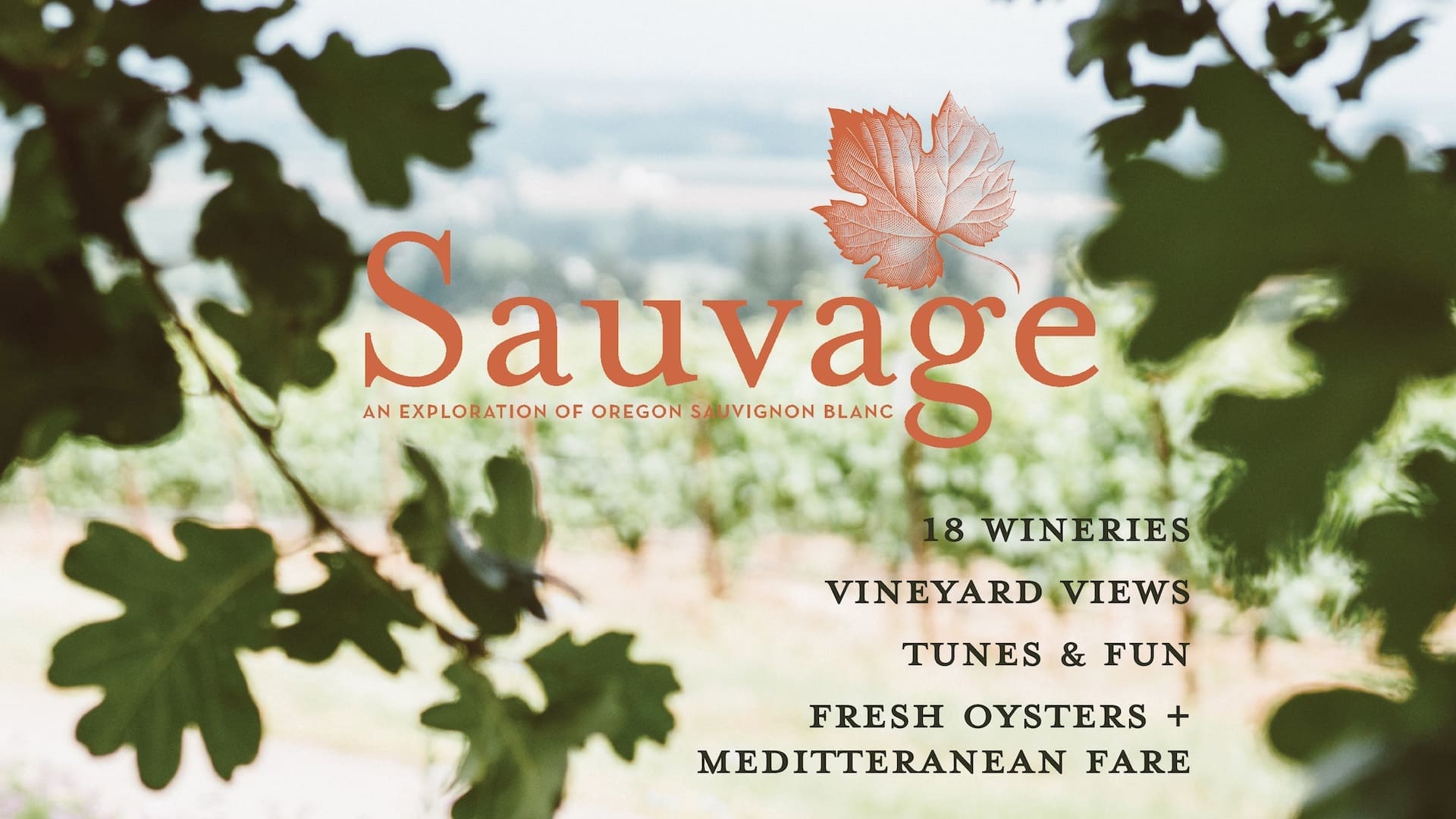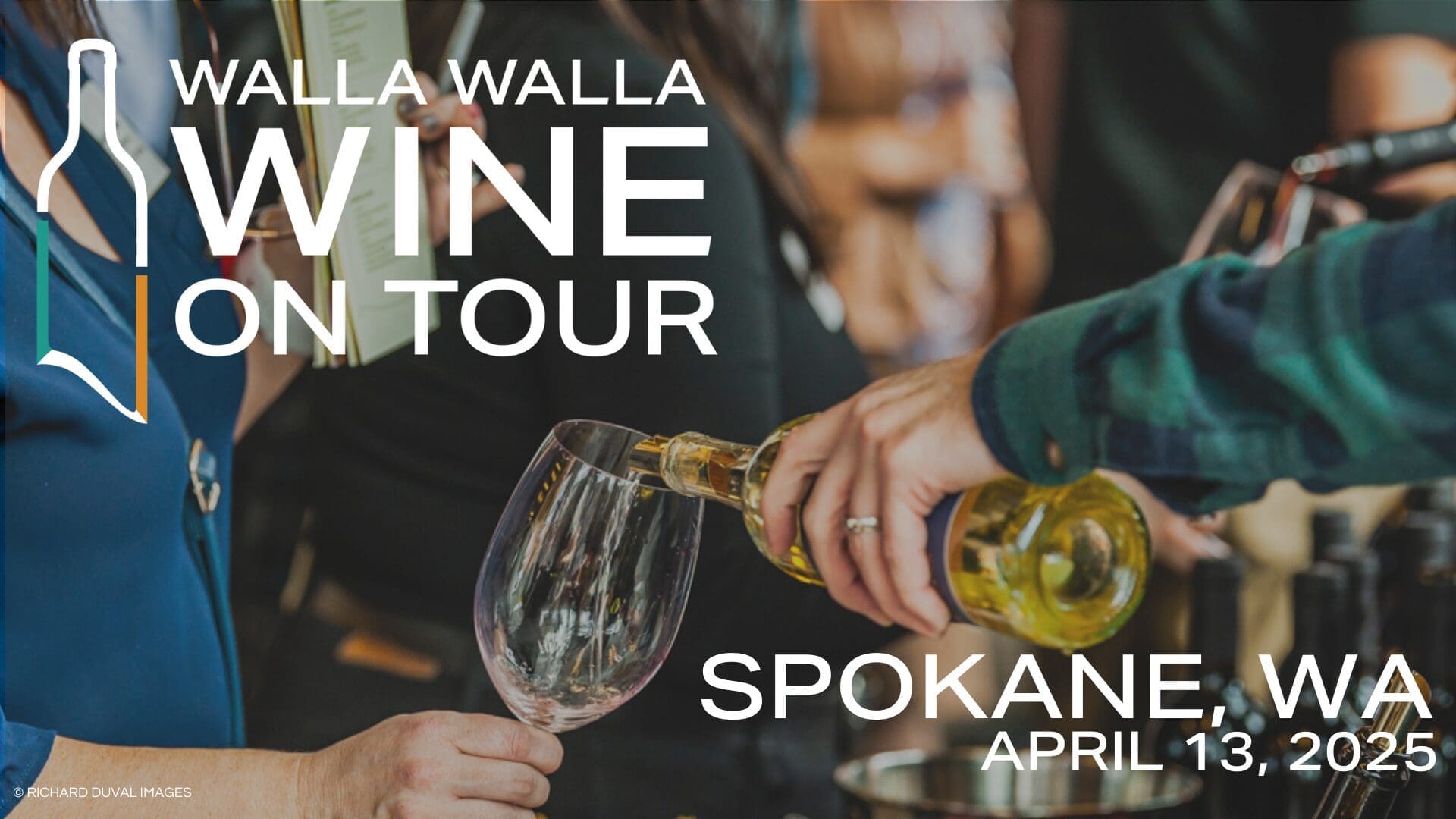The word vermouth probably comes from German, wermut. The bottle vermouth, for so many, probably comes from the dark reaches of the liquor cabinet – half consumed and long ignored. Its provenance is unknown.
Uncap that bottle and pour it down the drain. There is an untold world of flavor in every bottle of vermouth, yet you’ll never taste it if you sample the bottle you use once a year when you make your grandmother’s baked cod recipe. Here in the Northwest, you have better options. That there is an abundance of small-batch vermouth producers shouldn’t be surprising, given the thriving community of craft beverage producers, artisanal distillers and world-class vineyards and winemakers here in the Northwest.
So what, exactly, is vermouth? And what can you do with it?
Vermouth is aromatized wine. That is, an inexpensive wine with added botanicals and fortified, typically, with neutral alcohol, often grape spirits. Adding herbs to wine has been a practice seemingly forever – the ancient Greeks and Chinese both did it – but what we know as vermouth more closely originates back to the 13th century, when wormwood – wermut – and countless other botanicals were stored in wine and consumed for their medicinal and health properties. Depending on who you talk to, wormwood is still a required ingredient in vermouth.
Commercial vermouth – something closer to that which we are familiar – dates back to the late 18th century, when Antonio Benedetto Carpano is said to have invented it in Turin. A full-blown vermouth craze followed, where cafes and piazzas would fill with patrons who would consume it on its own as a lower-alcohol aperitif – a sessionable and flavorful way to while away the days, nights, mornings … anytime, really. Think Ernest Hemingway.
The Italian vermouths became known as rossos, red-hued and sweet. Soon, the French also started mass-producing – and enjoying – their own. Theirs gained a reputation for being white, dry and bitter. The two countries remain the largest producers of vermouth. While any nation can make their own vermouth, and this classification doesn’t hold up as closely as it once did, you’ll sometimes hear red vermouths referred to as Italian, and white vermouths as French.
In the late 1800s, vermouth became mixed with higher-alcohol spirits like whiskey or gin, often as a way to soften the rough edges of those spirits. Back in those days, vermouth would often be a large percentage of the cocktail. As distilled alcohol became smoother and more palatable, the amount of vermouth in a cocktail decreased, though bartenders continued to add vermouth to cocktails as a way to add complexity and depth without significantly adding to the alcohol content. You know the names of many of those drinks: Manhattan. Negroni. Martini.
Back to the neglected bottle in the back of your cabinet. Because vermouth is wine, it goes bad just like any bottle of wine, even with the addition of the distilled spirit. Refrigerate vermouth once it is open – you’ve got about a month.
But there’s another great reason to ditch that old bottle and start anew: There’s great small-batch vermouth right here in the Northwest. As you might expect – and would hope – each producer seeks to update the drink with a little Northwest flair. And because the botanicals are what really gives vermouth its character, each one will be a little bit different. Or a lotta bit.
Whatever vermouth you choose, make sure your first glass is served chilled and neat. If you can drink it in the sun, better. Then, consider adding some to your favorite cocktail; all the websites below provide a few ideas. When you try vermouth both neat and mixed, you’ll truly get a sense how these clever producers have added a twist to a centuries-old tradition. And when you are enjoying vermouth, it is always better with a twist.
Here are four great Northwest vermouths to try, starting from lighter and drier to darker and sweeter.
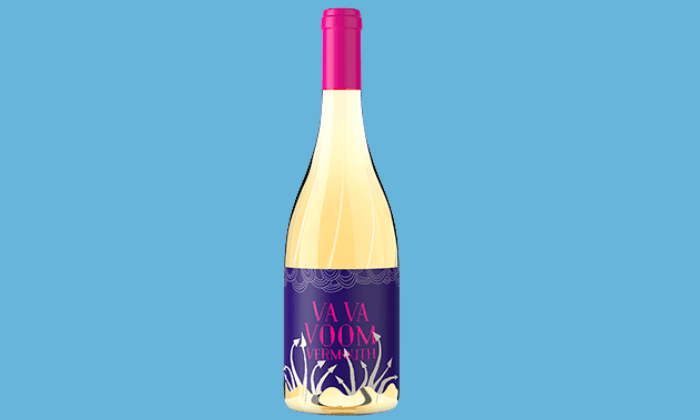
Va Va Voom Vermouth | Hard Row to Hoe Vineyards – Manson, Wash.
Winemaker Judy Phelps fashioned this white vermouth after the aperitifs she enjoyed while traveling Italy. Both the base wine and the brandy come from her vineyards, and the herbs and botanicals come from the surrounding Lake Chelan area. This comparatively dry vermouth starts with apple and vanilla, giving way to citrus notes, with a hint of forest duff at the finish. Drink it neat just like Judy prior to dinner, and maybe afterwards in a martini – but forget the olive, add orange bitters and an orange twist instead.
18.0% ABV | 750 ml. | $24

White Vermouth No. 73 | Interrobang – Newberg, Ore.
Interrobang names their vermouths based on the number of times they tweak a recipe before they settle on the perfect one. No. 73 is based on a traditional recipe from the south of France, with cinnamon, cinchona and other botanicals. Sweet, but not too much so, with a pleasant bitterness on the finish, this tastes like a Mediterranean ocean breeze feels. Try this alone, or add it to tequila, grapefruit juice and a grapefruit brûlée shrub – as in Interrobang’s suggested Loralee’s Smokey Margarita.
17.5% ABV | 375 ml. | $18
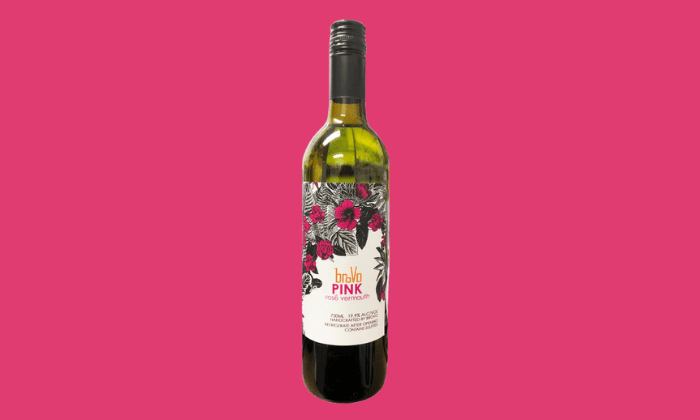
Pink Rosé Vermouth | Brovo Spirits – Woodinville, Wash.
Think of rosé vermouth the same way you think of rosé wine – the perfect companion on a sunny afternoon. But that’s not to say it isn’t substantial – in a three-stage process, Brovo balances herbaceous flavors with citrus and floral notes. You can taste it all – lemon peel yields gracefully to lavender and rose petals. This is absolutely a great sip on its own, and a spritz made with sparkling rosé might just cause the glass to levitate. It is also robust enough to be served on its own over crushed ice.
19.9% ABV | 750 ml. | $25

L’Afrique | Hammer & Tongs – Carlton, Ore.
This heavier rosso-style vermouth is an original formula from Hammer & Tongs that uses botanicals from the west and north Africa regions – hence the name. As one might expect, this vermouth lives up to the title, as it is delectably earthy, rich with spice with hints of clay and smoke. Add this to a Negroni and an already great drink becomes better; add it to a boulevardier and it might develop its own gravitational pull.
17.0% ABV | 750 ml. | $27
Check out this recipe for a Vermouth Laced Rustic Onion Tart here.

